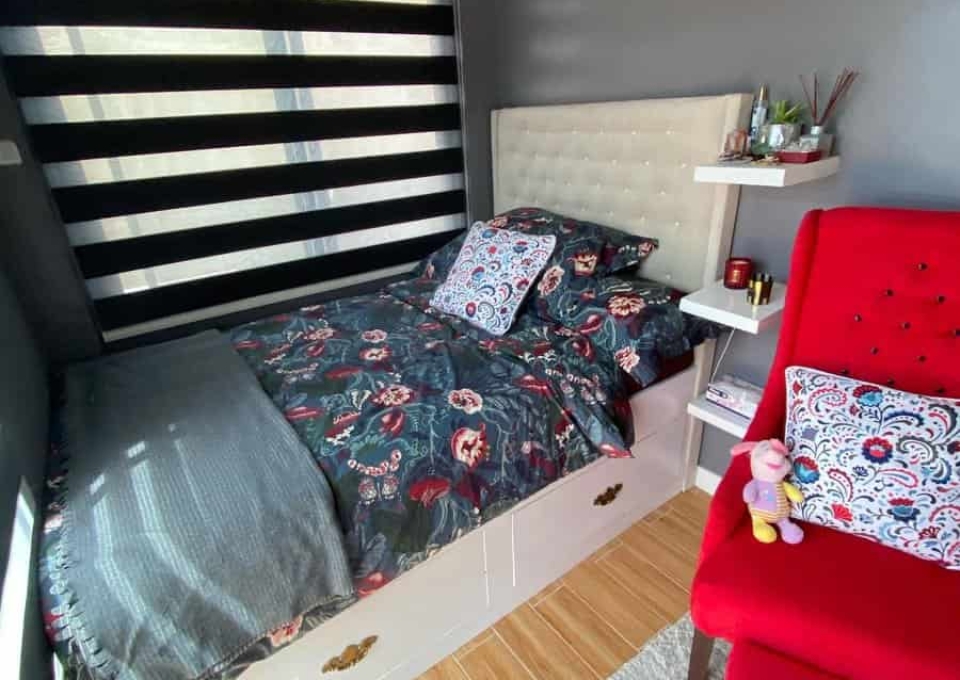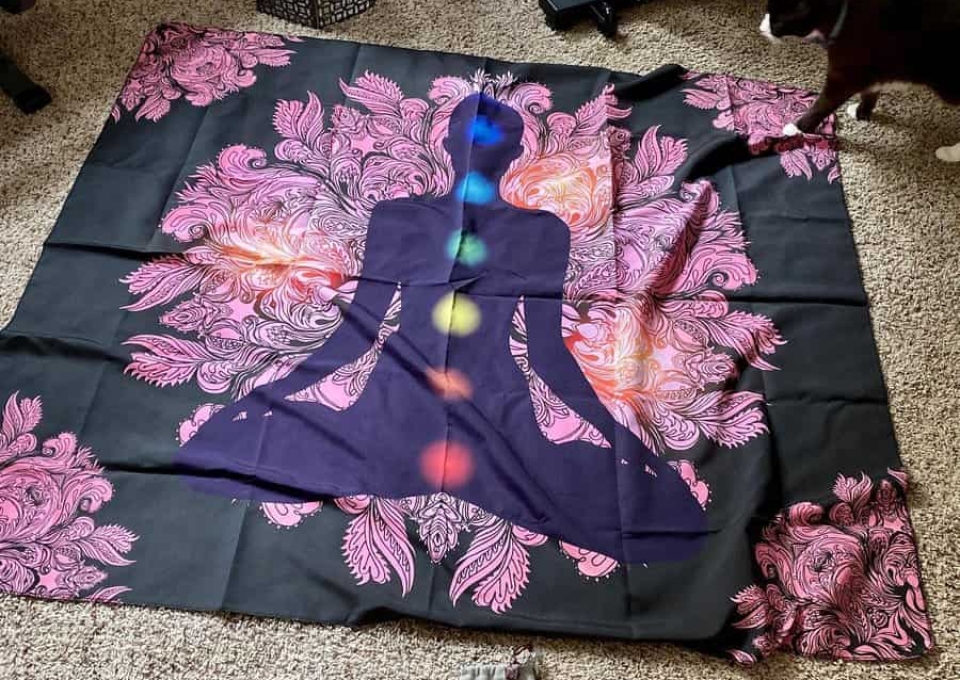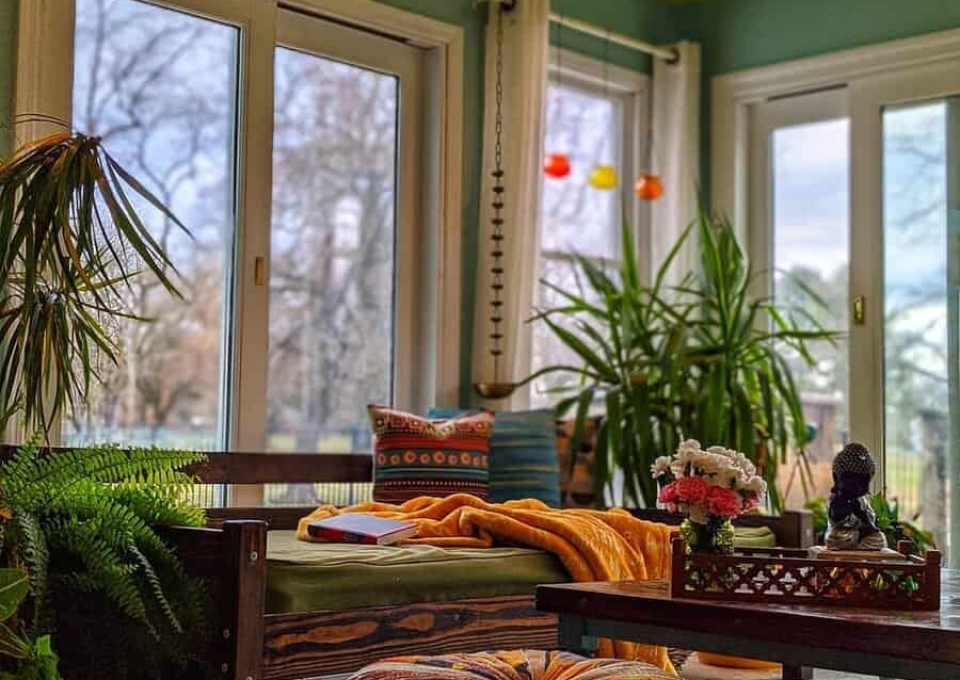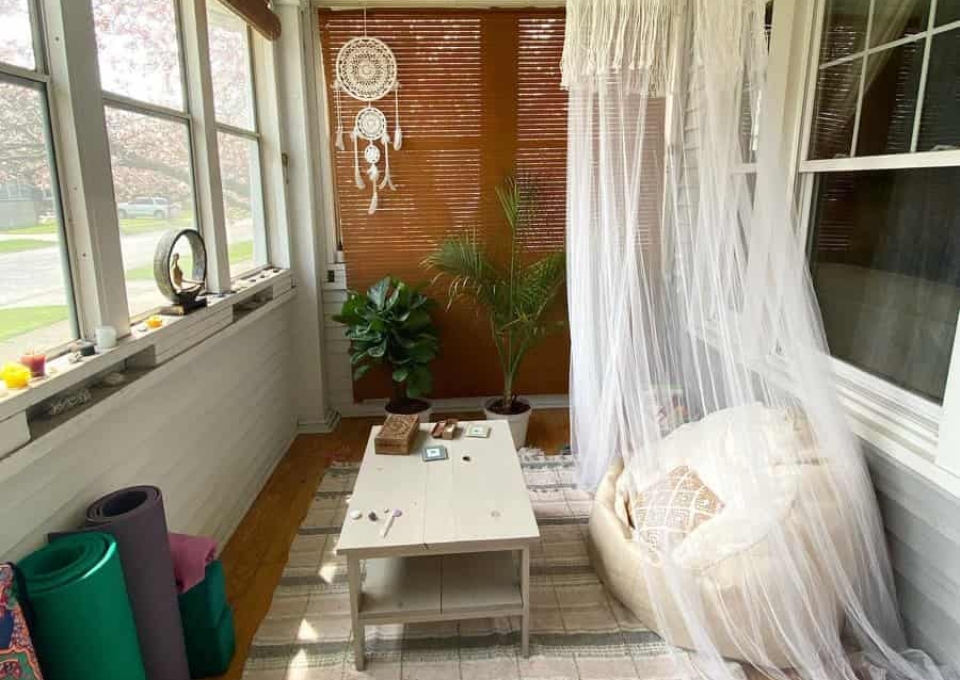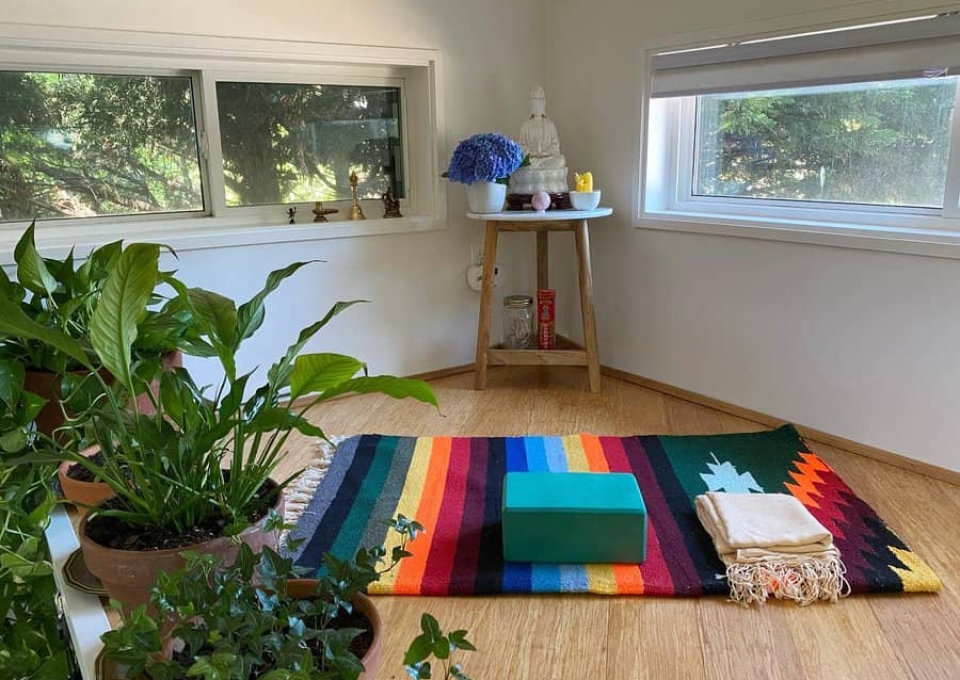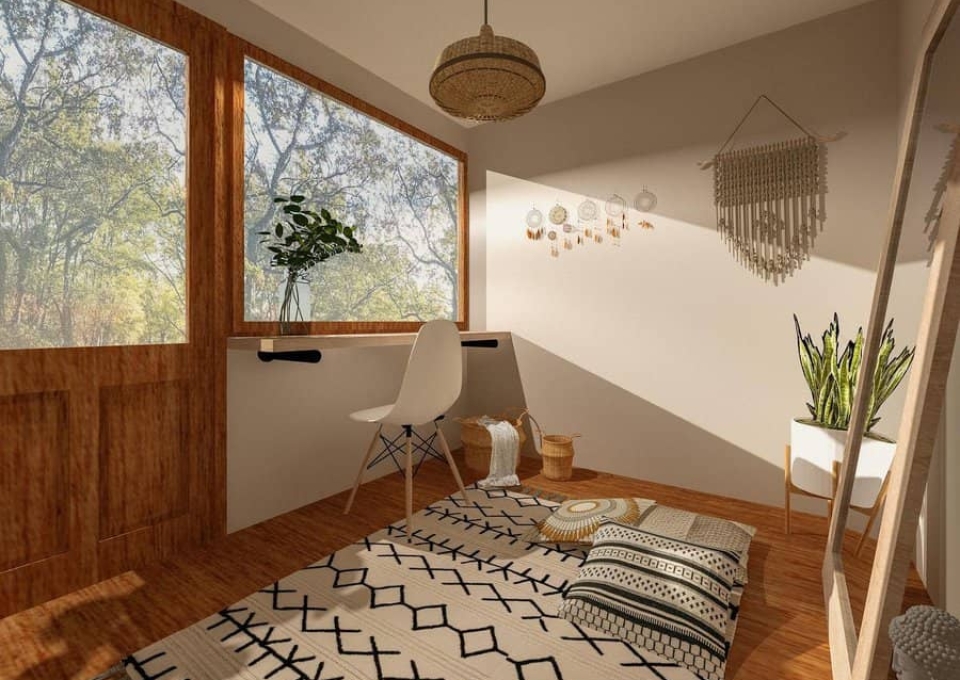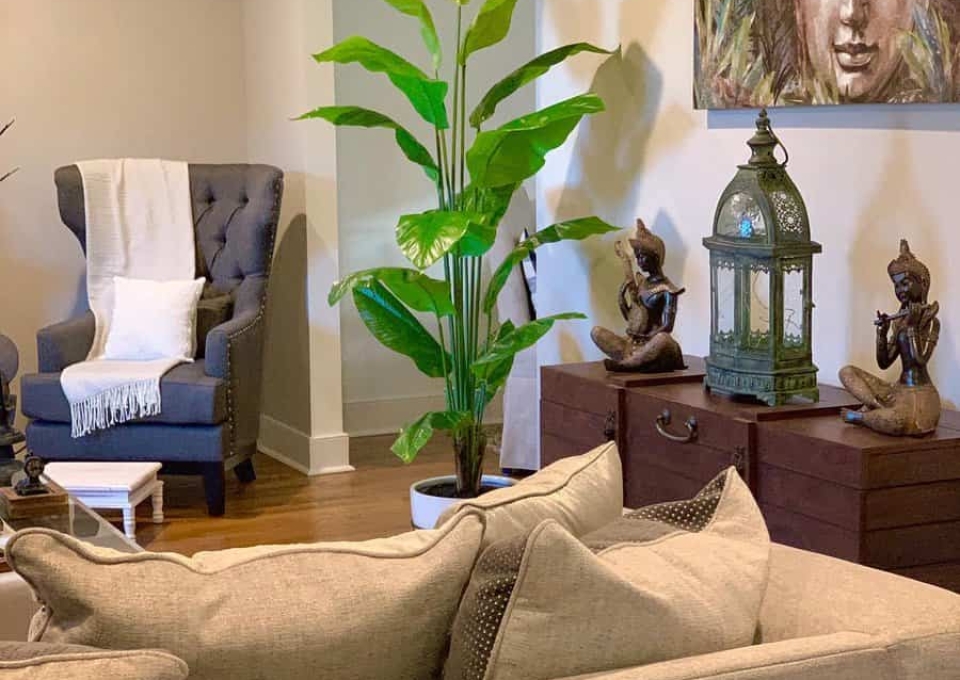Introduction to Meditation Rooms
Contents

Understanding the Purpose of a Meditation Room
A meditation room is a calm space designed to promote peace and self-reflection. It’s a dedicated area where distractions are minimized, enabling better focus and personal connection.
Benefits of Having a Dedicated Meditation Space
Creating a dedicated meditation space can significantly enhance your practice. It promotes consistency, reduces stress, and improves mental clarity. This kind of space invites calmness and helps establish a routine that benefits both mind and body, making it easier to enter a meditative state.
Choosing the Right Location for Your Meditation Room
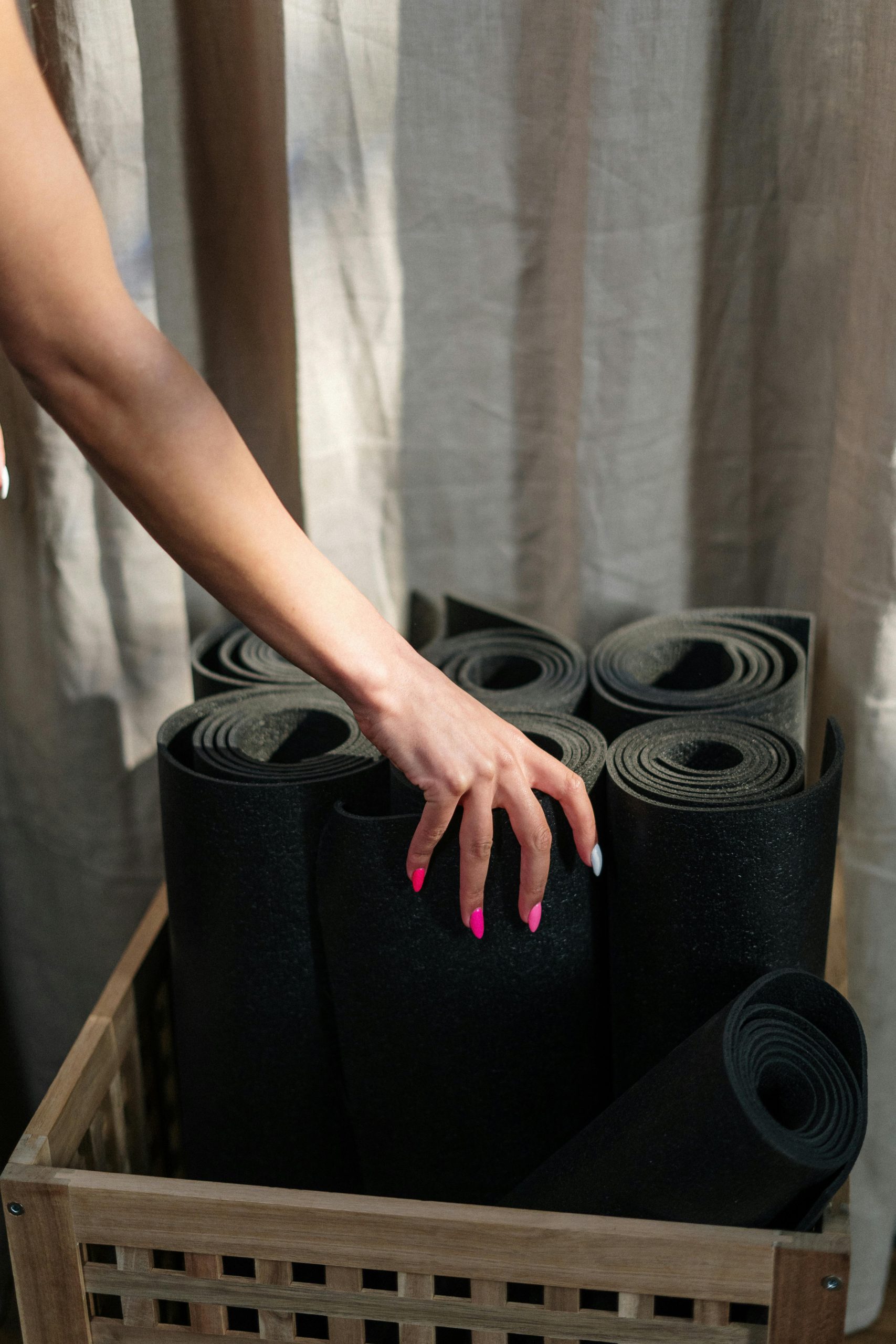
Factors to Consider When Selecting a Space
Choosing the right spot for your meditation room requires more than just finding a quiet area. Think about the natural flow of your home—select areas with minimal foot traffic and away from noisy places like kitchens and laundry rooms. Light is also important; a room with plenty of natural light can improve your meditation experience, but also consider options for soft artificial lighting for evening use.
How Room Placement Affects Meditation
- Proximity to Nature: Rooms with garden views or access to natural elements can enhance your meditation by offering calming visuals and fresh air.
- Directional Facing: East-facing rooms capture morning light, making them ideal for starting your day with meditation.
- Acoustic Seclusion: Select a quiet room or one that can be soundproofed to maintain a peaceful atmosphere, crucial for deep meditation.
Fundamentals of Meditation Room Design

Understanding the Basics of Creating a Calming Space
Designing a meditation room focuses on creating a tranquil and simple environment. Key elements like color, lighting, and texture are crucial. Soft, neutral colors promote calmness, while natural light sources, paired with dimmable artificial lights, create a relaxing atmosphere. Textural elements such as plush cushions and soft floor mats provide comfort, essential for extended meditation sessions.
Key Elements to Include in Your Meditation Room Design
- Minimalistic Decor: Limit decorations to minimize distractions and help focus the mind.
- Comfortable Seating: Choose a traditional meditation cushion, chair, or mat that ensures comfort.
- Personal Touches: Add items that have personal significance, such as a small statue, artwork, or wall hanging that promotes peace.
- Natural Elements: Use plants or a small water feature to enhance the connection to nature, aiding relaxation and mindfulness.
Creating Your Meditation Room
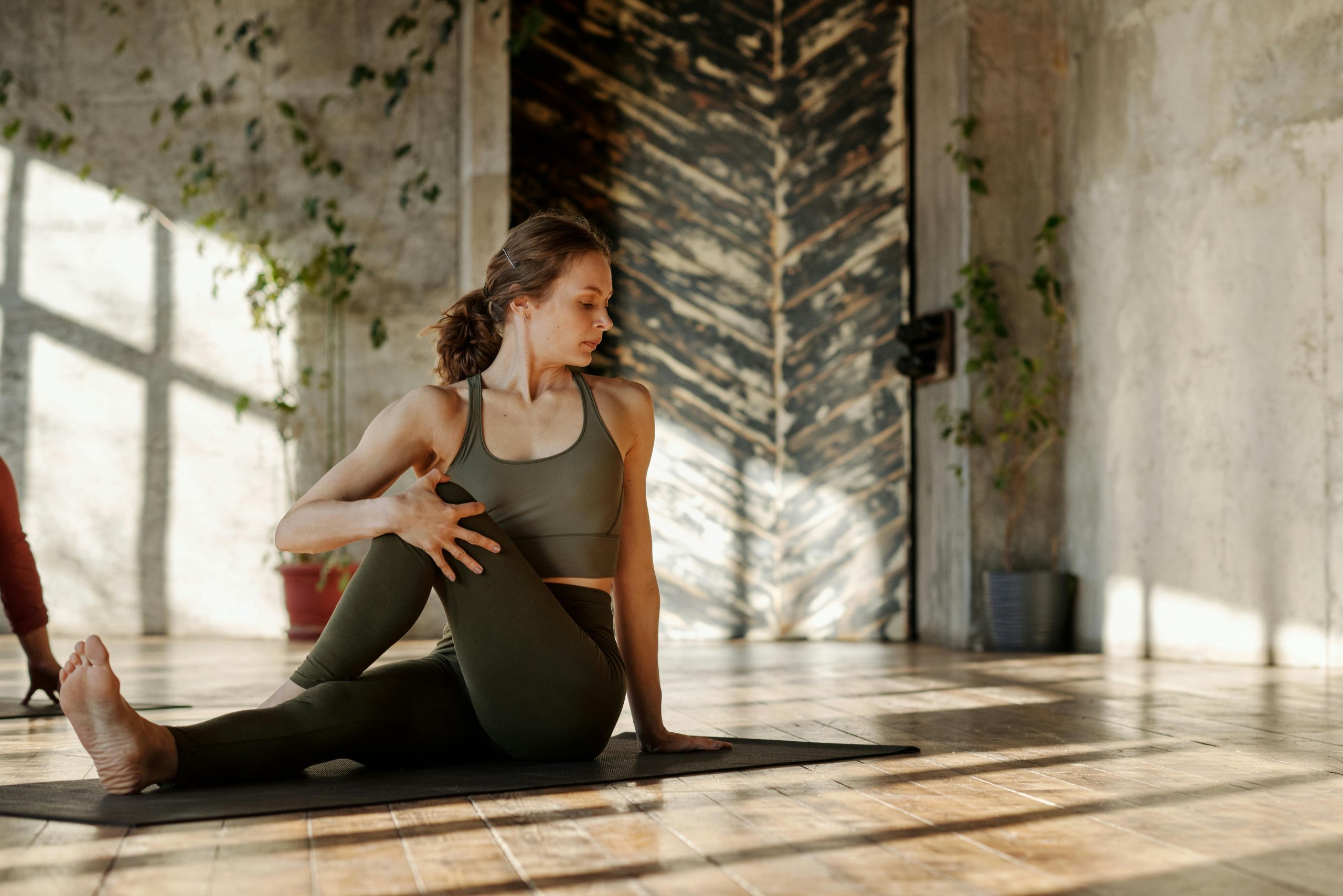
Setting Intentions and Goals for Your Space
Start by visualizing what you want to accomplish with your meditation room. Will it be solely for meditation, or will it also be used for yoga and relaxation? Knowing its main purpose will influence every choice, from layout to lighting. Clearly define your intentions—whether it’s to support daily practice or to create a sanctuary from daily stress.
Planning Your Budget and Resources
- Evaluate Financial Capacity: Identify how much you can invest without financial strain. This will guide your choices in materials, decorations, and furnishings.
- Allocate Resources Wisely: Look for cost-effective options like DIY projects or repurposing items. Focus spending on key elements that enhance tranquility and functionality.
Types of Meditation Practices and Their Spatial Needs
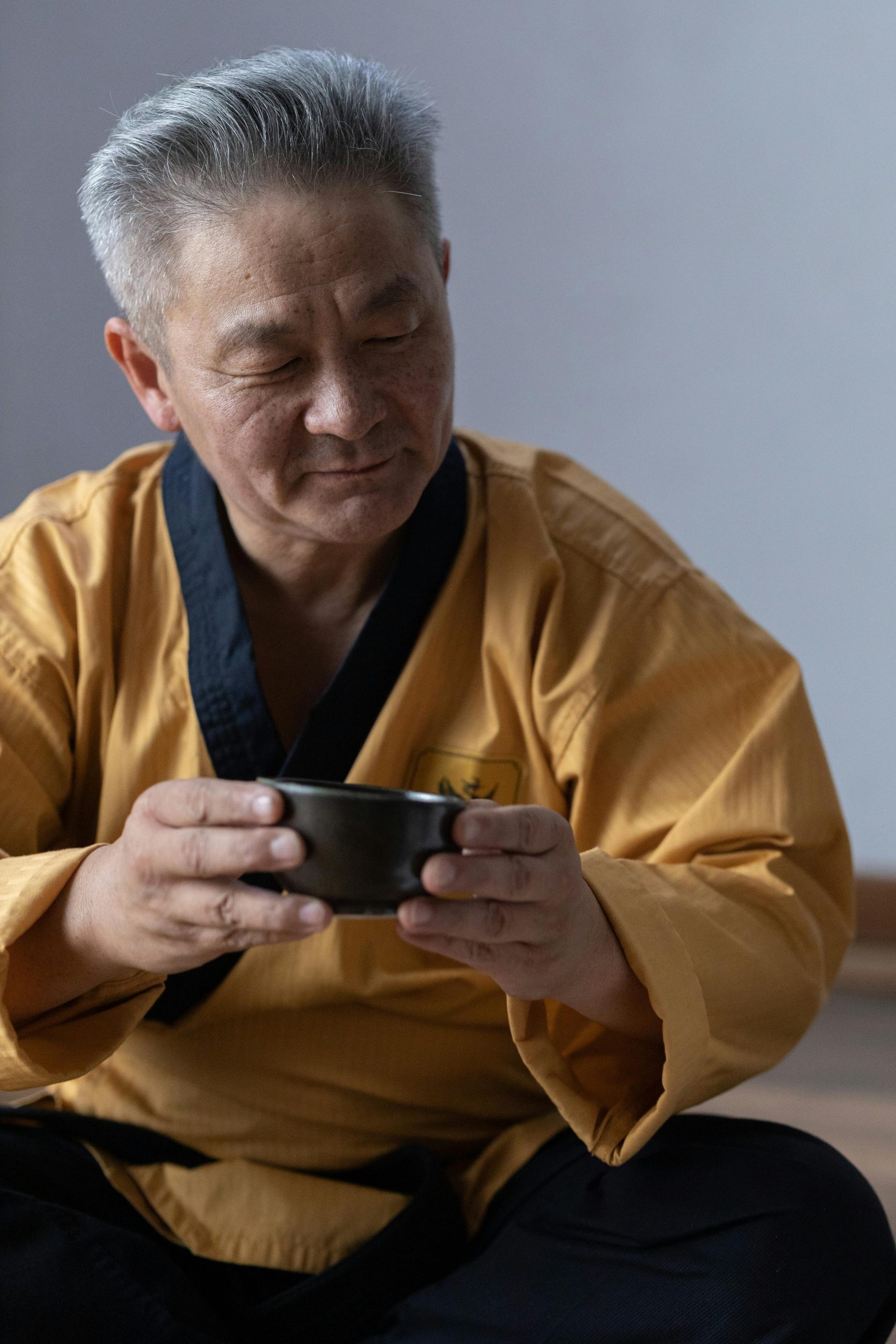
Different Meditation Techniques and Their Room Requirements
Meditation practices vary widely, each with unique spatial needs. Zen meditation often requires minimalistic surroundings to foster concentration and simplicity. A clear, open floor space with a single cushion exemplifies this need for uncluttered serenity. In contrast, movement-based practices like yoga or Tai Chi necessitate more expansive areas to accommodate physical activity. Here, ensuring ample room for fluid movement is key.
Tailoring Your Space to Your Meditation Style
- Assess the Technique: Identify your meditation style to determine the layout and elements needed for your space.
- Customize Accordingly: For seated meditations, a small, quiet corner is sufficient. Dynamic meditations may require larger, more flexible areas.
- Incorporate Essential Elements: Use controlled lighting, minimize distractions, and choose calming colors to enhance any meditation style.
Design Ideas for Meditation Room
Modern Meditation Room Ideas
Create a tranquil space. A modern meditation room combines minimalist design with mindful living. Each element is chosen to promote calm—a palette of soothing neutrals, functional furniture, and a peaceful atmosphere.
Consider floor couches with low profiles to enhance the room’s openness, complemented by comfortable throw pillows. Natural light fills the space, enhancing the room’s soft textures and colors.
Personalize the area. A sleek meditation altar can serve as the focal point, while yoga mats encourage daily practice. Add greenery to connect the room with nature. Each choice is deliberate, fostering an environment where focus and rejuvenation thrive.
Embrace Serenity with Minimalist Meditation Room Ideas
Discover the sanctuary of simplicity in a minimalist meditation room, your personal haven for inner peace. Begin with the essentials—a low-profile tatami mat or a meditation cushion that embodies stillness.
Soft whites, gentle greys, and earthy tones create a calming palette, essential for a tranquil retreat. These neutrals not only soothe the mind but also enhance the perception of space, reflecting light with a serene glow.
Introduce a touch of nature with a single, elegant potted plant. This living element purifies your air and symbolizes growth in your mindfulness journey.
Light plays a transformative role; let natural light cascade in, creating a dynamic interplay of light and shadow. As dusk falls, candles or dim LED lights maintain the peaceful atmosphere.
Each item in your meditation space is intentional, fostering mindfulness and mental clarity. This minimalist approach carves out not just a physical area but a realm for your meditative practice to thrive.
Boho Meditation Room Ideas
Transform your meditation space into a bohemian oasis, where every color and texture whispers tranquility. Start with a palette that nourishes the spirit—think deep purples, earthy greens, and warm oranges. Adorn your walls with mandala tapestries or macramé, inviting a tactile experience that captivates and calms.
Seating should be an embrace of comfort: plush floor cushions, a welcoming ottoman, or a low-settee, all swathed in vibrant throws and a medley of patterned pillows. Underfoot, layer rugs with geometric shapes or tribal patterns, anchoring your sanctuary and cushioning your steps.
Bring the outdoors in with lush potted plants or a small indoor fountain, marrying the boho spirit with nature’s own meditative qualities. As dusk falls, let lanterns or string lights cast a soft glow, creating an ambiance ripe for reflection and inner peace.
- Vibrant Colors Choose hues that resonate with your inner zen.
- Eclectic Decor Opt for mandalas and macramé for a touch of bohemian artistry.
- Cozy Seating Embrace comfort with cushions and throws that invite you to linger.
- Textured Rugs Define your space with patterns that ground and comfort.
- Natural Elements Integrate plants and water features for a serene atmosphere.
- Ambient Lighting Set the mood for mindfulness with soft, ambient light sources.
Yoga Meditation Room Ideas
Start with intention, creating a space where tranquility is the focus. Essentials include a high-quality yoga mat, blocks, and bolsters to enhance your practice. Ambiance matters—soft cushions encourage contemplation, complemented by calming decor.
Add a natural touch with potted plants to purify the air and add vitality. A skylight can bring in natural light, ideal for sun salutations or quiet reflection. A selection of mindfulness and philosophy books on a corner shelf can provide inspiration.
Opt for a palette of light, neutral colors to promote a clear, peaceful mind.
- Centerpiece Altar Decorate with candles, icons, or personal mementos.
- Natural Light Utilize a skylight to embrace the natural light throughout the day.
- Color Harmony Choose soothing hues to calm the mind.
Loft Meditation Room Ideas
Imagine ascending to a tranquil loft, your very own meditation sanctuary. Here, the high ceilings enhance each deep, mindful breath. A meditation mat in a sunlit corner invites you to relax under the natural light.
Create a cozy library nook filled with books on mindfulness and spirituality. Embrace Movement in your yoga space, where mats are ready for your practice. Add cushioned futons and floor pillows for seated meditations or guided relaxations.
Extend your peaceful realm with these ideas:
- Outdoor Harmony – Use an adjoining balcony to meditate with the elements, deepening your mindfulness practice.
- Textural Touches – Add soft textiles and calming colors to enhance the sensory experience.
- Elemental Accents – Incorporate natural elements like stones, plants, or water features to ground your space.
Transforming Corners into Serene Sanctuaries
Discover the hidden potential in your home’s corners, ready to be turned into peaceful meditation spaces. Begin with a cozy corner seat, the foundation of your sanctuary, snugly placed against the walls. Surround yourself with cushions that provide comfort, enhancing your relaxation experience.
Set the scene with elements that soothe the soul. Consider:
- Calming Decor: Select items that appeal to your senses, like soft fabrics and harmonious colors.
- Touch of Nature: Add potted plants or a gentle fountain to bring life into your space.
- Personal Peace: Include candles, art, or beads that hold personal significance and help you focus.
- Lighting: Use a soft lamp or filtered sunlight to create the perfect ambiance for contemplation.
By dedicating a corner to meditation, you create a practical and peaceful space within your home.
House Meditation Room Ideas
Transform a corner of your home into a tranquil haven for meditation, a space where calmness envelops you. Imagine a room where the sun’s rays gently caress your skin, fostering a connection with the present moment. Natural light is your ally here, creating an ambiance that encourages mindfulness.
Surround yourself with verdant plants, their lush presence purifying the air and infusing life into your serene nook. Envision sinking into a plush throw pillow or stretching out on an inviting L-shaped daybed, each element beckoning you to unwind and find solace away from life’s relentless pace.
A soft carpet underfoot anchors you, its texture a silent reminder to stay grounded. For those who draw peace from the written word, a curated selection of books can be a sublime addition, blending the quietude of meditation with the pleasure of reading.
Personalize your space. Let it reflect your essence through chosen colors and textures, making it a true extension of your inner world.
- Natural Light: Embrace the sun’s warmth to enhance mindfulness.
- Lush Greenery: Add plants for air purification and vitality.
- Comfort Seating: Choose throw pillows or daybeds for relaxation.
- Grounding Textures: Select a carpet that offers comfort and stability.
- Personal Library: Integrate books for a blend of contemplation and reading.
- Unique Touches: Infuse the room with colors and objects that resonate with you.
Zen Room Meditation Room Ideas
Create a peaceful retreat. A Zen meditation room focuses on simplicity and harmony. Start with minimalist design elements. Shoji screens provide privacy and diffuse natural light.
Use tatami mats to ground the space, offering a traditional and comfortable surface for sitting or kneeling. Incorporate plants to purify the air and create a calming atmosphere.
Opt for straw futon seating for comfort during extended meditation sessions. Decorate the walls with tapestries, landscapes, and symbols to aid in focus and contemplation.
Add string lights to create a warm, relaxing ambiance. This setup encourages a balanced environment for mind, body, and spirit.
Inspiration Meditation Room Ideas
Step into a space of calm with a meditation room designed for tranquility. Imagine light filtering through shoji screens, providing a soft glow that encourages relaxation. These screens are not just decorative; they represent a blend of nature and peace.
Walls feature inspirational quotes in elegant calligraphy, helping to maintain a peaceful mindset. Artworks depicting serene scenes or abstract mindfulness concepts add visual cues for deeper contemplation.
Straw futon seating in the center offers comfort and simplicity, grounding you in the present. Every element in this room is selected to reduce stress and enhance mental clarity.
Meditation Room Seating Options
Imagine a space where every detail promotes calm and focus. Seating is crucial, providing comfort as you meditate. Floor cushions offer a plush, grounding experience, perfect for traditional meditation postures and adding a cozy touch to your room.
If you need more support, meditation chairs are designed for spinal alignment, ideal for longer sessions. They combine ergonomic benefits with a sleek look.
For adaptable comfort, bean bags mold to your shape, creating a snug and flexible seating option.
Choose a seat that supports your body and enhances your practice. Whether you prefer a cushion, chair, or bean bag, ensure it fits your meditative needs and space.
Meditation Room Decor
Imagine a haven of tranquility, a space where the world’s clamor dims, leaving a canvas of calm for your soul. The essence of such a sanctuary lies in its decor—a careful curation that whispers serenity into every corner. Start with the simplicity of nature; a slender bamboo or a murmuring indoor fountain can infuse your meditation room with a sense of natural peace, their presence an anchor in your journey inward.
Artwork that speaks to your essence is key. Mandalas, with their intricate symmetry, or tranquil landscapes can serve as visual mantras, guiding your focus and deepening your practice. The palette of your walls and floors should be a soft echo of the earth, grounding you in the present. A plush meditation cushion or a supportive chair beckons you to let go, to simply be.
Introduce personal relics that resonate with your spirit. Crystals that harmonize energy, inspirational quotes that uplift, or treasures from nature’s bounty—each piece is a thread in the tapestry of your unique retreat.
Embrace the ethos of minimalism; a cluttered space clouds the mind. Select with purpose, allowing your meditation room to mirror your quest for peace.
- Natural Elements Choose a bamboo plant or a small fountain to introduce a calming natural element.
- Inspirational Art Select mandalas or peaceful landscapes to foster focus and mindfulness.
- Earthy Palette Opt for soft, grounding tones for walls and floor coverings.
- Comfortable Seating Invest in a meditation cushion or chair that invites relaxation.
- Personal Artifacts Incorporate meaningful items like crystals or keepsakes.
- Intentional Choices Keep decor minimal and purposeful to reflect your inner journey.
Enlightening Your Meditation Space: The Art of Ambient Lighting
Transform your meditation space into a sanctuary of calm with the subtle art of ambient lighting. The right illumination is not just about visibility; it’s about creating an environment that nurtures inner peace and concentration. Embrace the softness of dimmable lights, which ease the transition from the day’s chaos to tranquility.
Envision LED candles casting a warm, flickering light, their silhouettes a dance of shadows on the walls, inviting ancient traditions into your practice. The soft glow of dawn or dusk naturally enhances this sacred space, but when natural light fades, the gentle luminescence of hidden LED strips behind sheer curtains can replicate the tender embrace of the sun.
Distractions dissolve in the right atmosphere, paving the way for a clear, inward journey. Consider:
- Amber Glow: Salt lamps infuse your space with a calming, warm light.
- Smart Ambiance: Adjustable smart bulbs sync with your mood or the theme of your meditation.
Meditation Room Color Schemes
Imagine a retreat where colors promote serenity. Your meditation room, filled with hues that calm the mind and soothe the soul, becomes a haven for tranquility. The right palette is not just about aesthetics; it’s crucial for your mental and emotional balance.
Consider pale blues and greens, colors that mimic the sky and sea, known for their restorative effects. Lavender’s gentle touch brings relaxation and spiritual wellness, while earthy neutrals like sand or taupe connect you to the natural world’s calm.
For deep contemplation, indigo’s depth provides a gateway to profound thought. Balance is key as you choose shades that harmonize, creating a space where every color supports your quest for inner peace.
Let intuition guide you in painting your sanctuary with colors that resonate with your spirit. Here, distractions fade, and deeper consciousness is within reach.
Meditation Room Furniture Essentials
Imagine a peaceful retreat: your meditation room. Each piece of furniture is chosen to promote calm and reflection. Start with the essential meditation cushion, providing comfort and support. Opt for cushions filled with buckwheat; they conform to your body, enhancing your meditation experience.
If you prefer a higher seating position, meditation benches are ideal. They help reduce leg strain and feature ergonomic designs that support proper body alignment.
Keep the space uncluttered with shelves and storage solutions. These help organize your area, keeping sacred texts and symbols within easy reach, while mats and blankets are neatly stored away.
Choose a color palette that promotes tranquility, using muted tones and natural wood. These elements contribute to a serene environment, supporting your meditation practice.
Meditation Room Plants: Cultivating Serenity
Imagine a peaceful space where your breath connects with nature. Plants in your meditation area do more than beautify; they purify the air. Consider the peace lily, a natural detoxifier, or the bamboo palm, known for its air-cleaning abilities, as they help remove impurities from your space.
Each leaf and shade of green enhances the calm. A fiddle leaf fig’s gentle movement and a snake plant’s soothing presence complement a minimalist design, creating an ideal setting for reflection.
Caring for these plants mirrors the mindfulness of meditation. They thrive in indirect sunlight and need water in measured amounts. The resilient ZZ plant requires minimal care but offers much, while a pothos, with its extending vines, symbolizes renewal, even in low light.
By choosing plants that reflect stillness and simplicity, you create a space that breathes with you, reinforcing life’s rhythm. In your meditation room, life thrives in harmony.
Essential Accessories for Your Meditation Sanctuary
Transform your meditation space into a haven of tranquility with thoughtfully chosen accessories. An elegant incense holder, more than a simple container, becomes the heart of aromatic serenity, enhancing your journey into stillness. Whether you prefer a touch of minimalism or a dash of intricacy, select a design that resonates with your space’s essence.
Invite harmony with a singing bowl; its deep, reverberating tones serve as a sonic guide to deeper meditation. Feel the vibrations course through you, harmonizing your energy, ushering in a profound peace. A whispering essential oil diffuser complements this sensory symphony, weaving scents through a delicate mist, cleansing your sanctuary, calming your thoughts.
Embrace the simplicity of a meditation timer. This subtle guide, with its gentle chimes or silent alerts, frees you from the bounds of time, allowing a full surrender to the moment.
- Incense Holder Choose a design that aligns with your decor, setting the stage for calm.
- Singing Bowl Let its tones ground you, its vibrations bring balance.
- Essential Oil Diffuser Select scents that elevate your spirit, mingling purity with peace.
- Meditation Timer Opt for a timer that respects your immersion, marking time without intrusion.
Designing the Ideal Meditation Room Layout
Imagine a sanctuary where every element promotes tranquility. Your meditation room is this sanctuary. The layout guides you to stillness. Start with the seating—consider circular arrangements, symbolizing wholeness and inviting you to sit, breathe, and be present.
Clutter disrupts peace. Choose sleek storage, such as a minimalist shelf or a concealed nook, to house your meditation essentials: cushions, mats, and inspiring literature. A focal point, like a serene statue or calming art piece, anchors your gaze and practice.
Utilize natural light, positioned to avoid glare while warming your space. Every hue and texture in your meditation room should promote calm.
- Seating: Choose designs that support the body and complement your decor.
- Storage: Opt for pieces that blend seamlessly, maintaining a clutter-free zone.
- Focal Point: Select with intention, something that speaks to your inner calm.
- Lighting: Harness the power of natural light, soft and uplifting.
- Palette and Textures: Let the colors soothe you, the materials ground you.
Meditation Room Organization
Transform your meditation room into a peaceful sanctuary with effective organization. Begin by clearing out any clutter that disrupts your calm. Embrace a minimalist approach.
Utilize smart storage solutions. Consider built-in cabinets that blend with the walls, floating shelves, and discreet drawer units for essentials. Decorative baskets can add elegance and are perfect for storing meditation cushions, mats, and blankets.
Create a focal point in your space. A simple altar or a calming piece of art can set the tone for tranquility. Use soft, natural materials, with each element chosen and placed with intention.
Meditation Room Design Tips
Imagine entering a space designed for tranquility. Start with neutral colors to create a peaceful environment. Use soft cushions, woven mats, and cozy throws to add comfort.
Include items that have personal meaning. Artwork, stones, or plants can make the space uniquely yours. Choose lighting that mimics natural light, such as candles or dimmable lamps, to set a calming mood.
Ensure your meditation room can adapt to your needs. Use modular seating and an adjustable sound system for music or nature sounds. This space should support your meditation practice.
In Closing
Creating a meditation room focuses on simplicity and calmness, fostering mindfulness and improving daily life. Incorporate natural light, minimalistic decor, and personal touches to make the space a tranquil sanctuary. Pay attention to color, texture, and layout to cultivate an environment ideal for meditation and relaxation. As you design your meditation room, use it as a chance to reflect your personal journey towards peace and mindfulness, enhancing your practice in a space that truly resonates with you.

